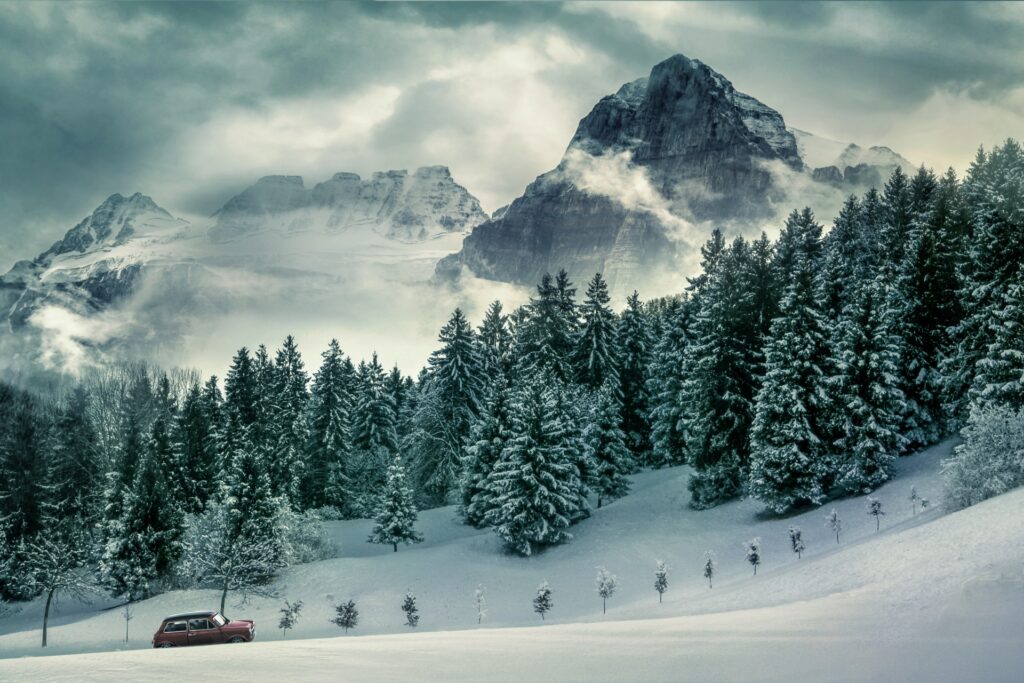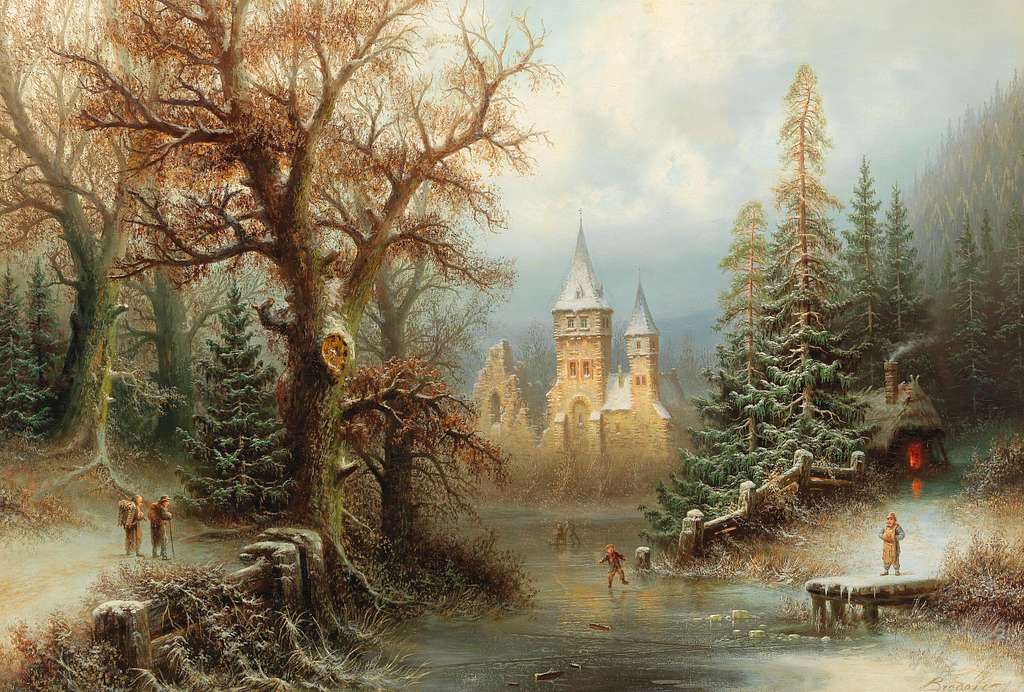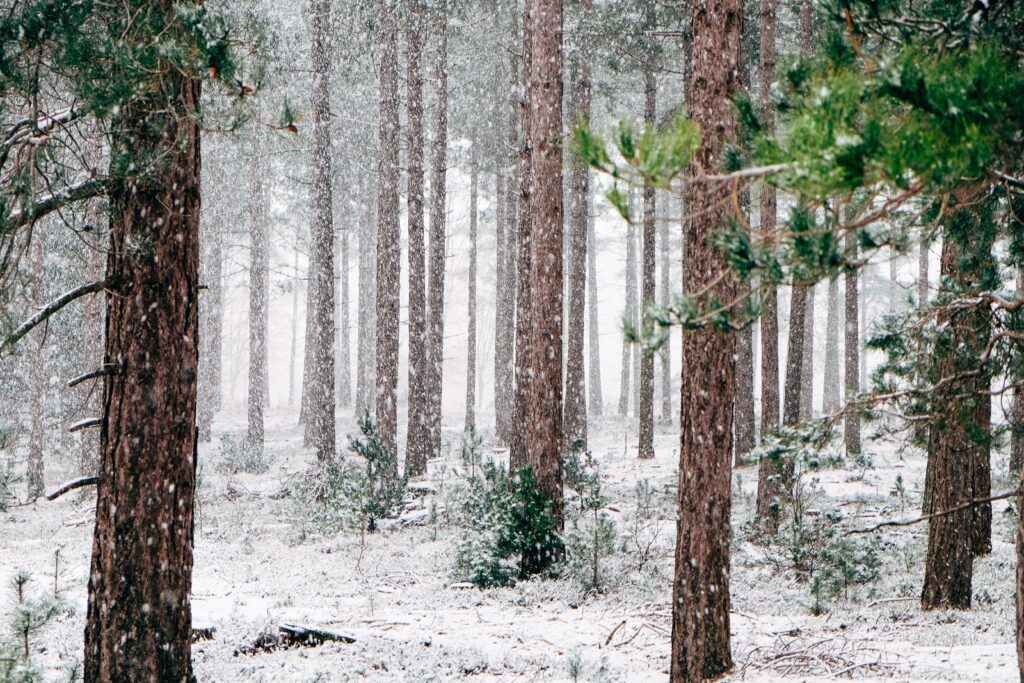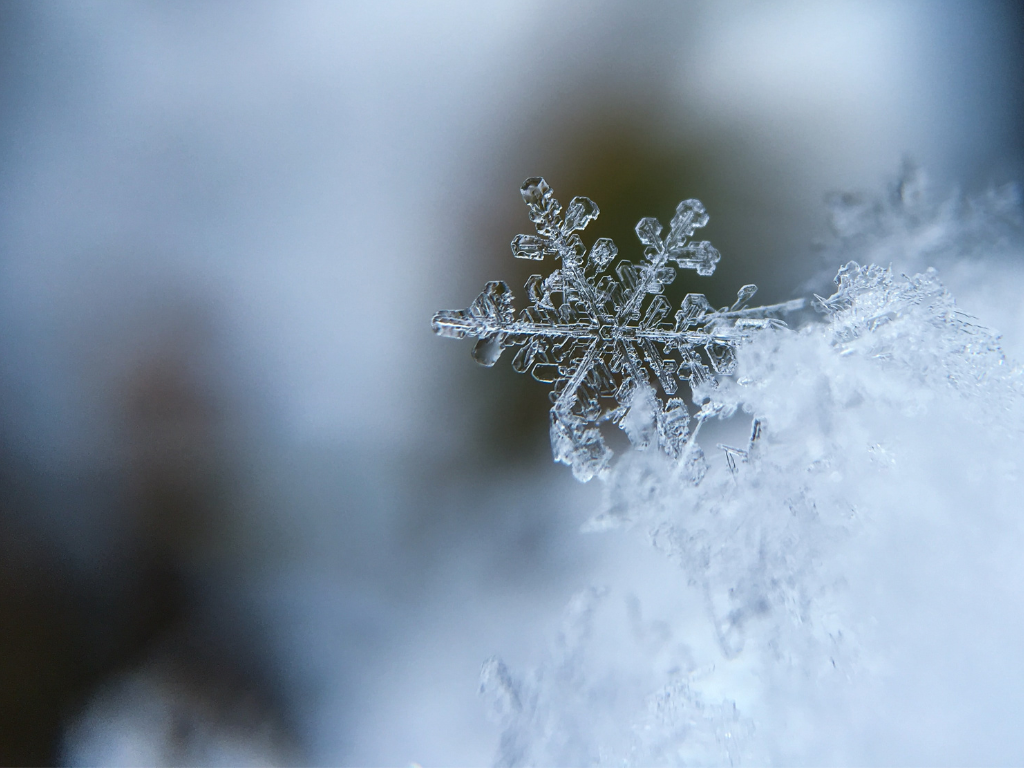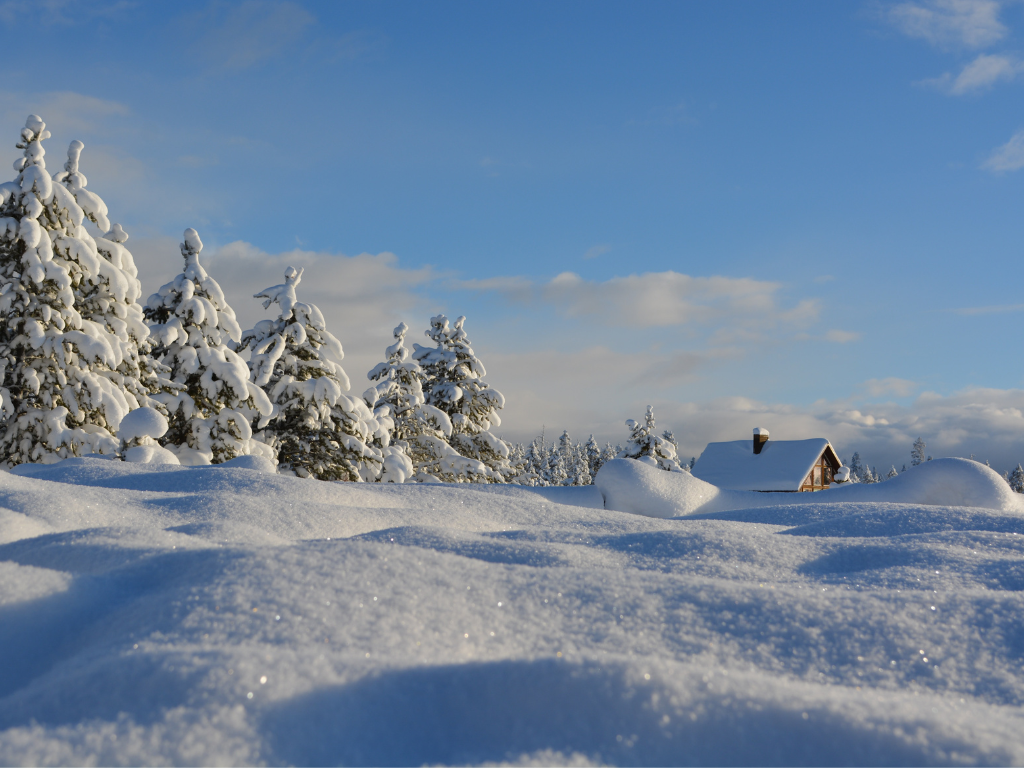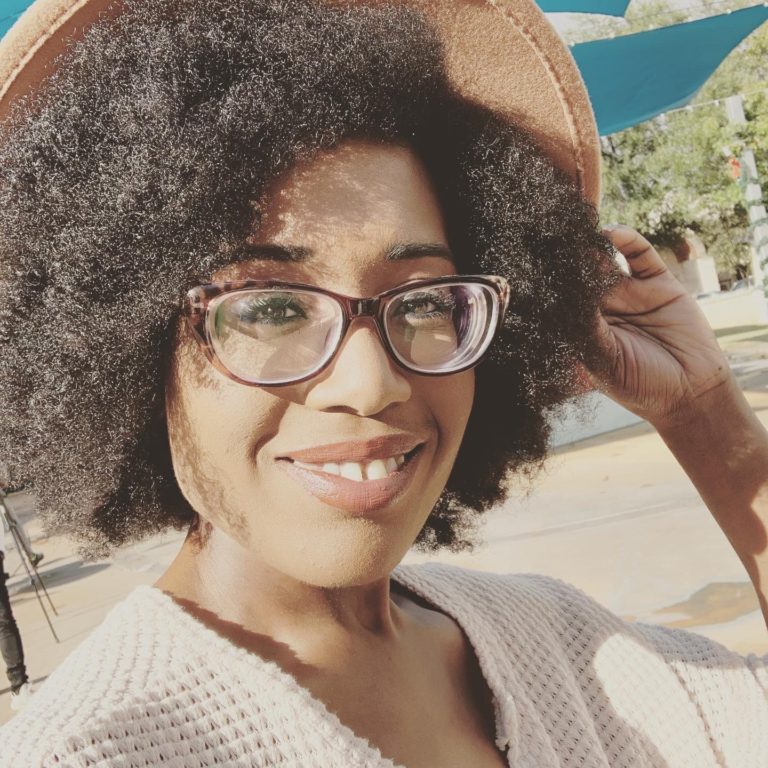by WB Intern, Deborah Darden
Crafting settings in our stories that accurately portray the seasons can be a real challenge. A scene that takes place in winter can be especially difficult to manage when you haven’t truly experienced it. Different parts of the world get their dose of the other seasons in some way, but winter seems to be the one not widely witnessed.
So, for our fellow writers with little experience in frosty weather to rely on when developing a winter scene, we wanted to share a few tips to help you along!
1. Different Categories of Cold
The first important tip to remember is that winter shows up in different forms depending on the location. For example, in some areas, the skies can be clear but the ice is thick and twinkles in the sunlight which gives the illusion that it might be warm out. Also, the winds can be harsh and forceful, causing the temperature to feel lower than it is.
There are other places where snowfall is present on top of extremely dense ice. Although this type of weather can be dangerous, it also boasts the most beautiful winter scenery. It’s in this kind of cold where details of snowflakes are frequently seen. Cold and clear is probably the more common kind of weather people are used to. This usually means that the sun is shining bright despite freezing temperatures and the winds are calm.
Possibly the worst sort of winter weather is the one where the snow is wet in nature or sleet is constant. This level of cold can be the main culprit behind illnesses like hypothermia. Keeping all the variety of cold conditions in mind is key when creating your winter setting.
2. Images Can Help
Sometimes the most useful source for writing a good setting for winter is seeing just the right landscape. Here are a few images that may come in handy for you visual learners!
3. Character Descriptions/Reactions
Here’s another beneficial tip that’s not just specific to winter settings. We as writers are in the practice of “showing” instead of “telling.” Painting pictures with the words we choose is practically ingrained in our brains. With this being the case, what would be the best way to show the audience your characters are cold? Sure, you could simply say that they’re shivering, but that would be too simple. It doesn’t exactly create a clear image in one’s mind.
One way to make the reactions of your characters more definitive is by detailing how their noses became runny or the wind prompted tears to form in their eyes. You can describe how the cold made their cheeks and fingertips feel as if they were burning, even through their gloves. In addition, one of your characters might not really be affected by the cold at all and the only reaction they would show is merely hunched shoulders. Overall, expanding beyond plain shivering is the best way to go.
4. The Sounds Of Winter
Including sounds in the aspects of your winter scenes makes them more vivid. Something that could be heard is snow crunching under your characters’ boots as they walk. This is a sound that we could hear from animals as well. The ones that aren’t in hibernation, that is. Interestingly enough, not all birds escape from the cold to find a warmer climate. On occasion, your characters will hear the flutter of their wings or a light chirp.
The sounds don’t stop there; nature has its own melody, too! For instance, think about the wind. What sounds would the breeze make during wintertime? Does it whistle or howl? Is it slow and drawn out? Perhaps it’s quick and brief. What about the trees? You can depict the creaking wood of a tree bending under the pressure of the wind but not quite breaking. The opposite can be illustrated as well. At times, wood snapping due to rough winds can almost sound like thunder in particular areas. Whatever sounds you incorporate, they’re sure to get your readers more immersed in the story!
What other tips do you think can help when it comes to writing a winter scene? Share them with us on social media!
About the Author
Deborah Darden is a writer born and raised in Texas. She currently resides in Round Rock, just outside of Austin. She is a graduate of Full Sail University with a BFA in Creative Writing. Deborah has a passion for telling stories across different platforms and is currently working on a book series as well as a YouTube web series. She also enjoys writing short stories and even hopes to one day create her own anime television show. Apart from writing, Deborah loves reading and watching her favorite films.

